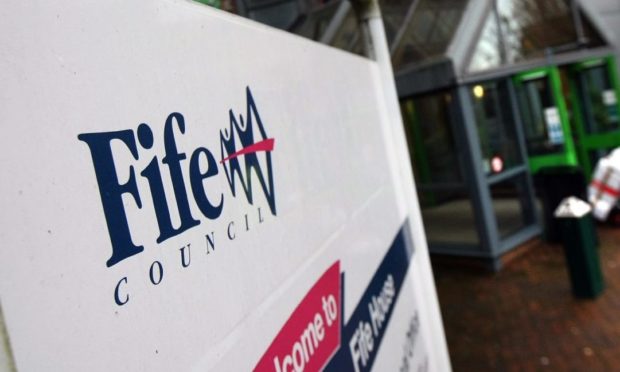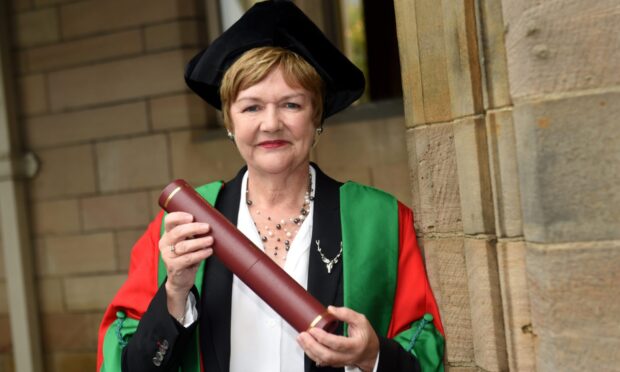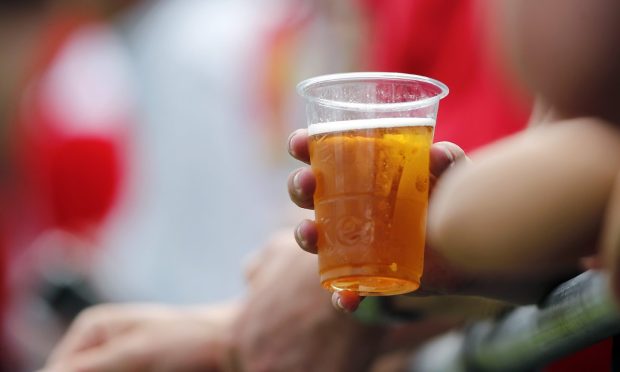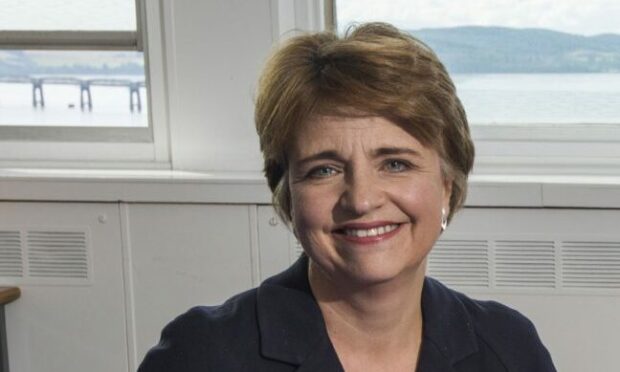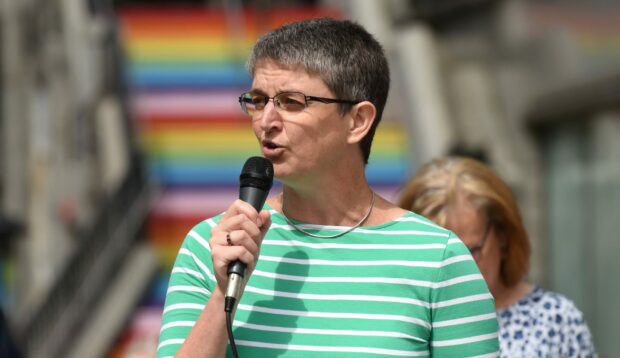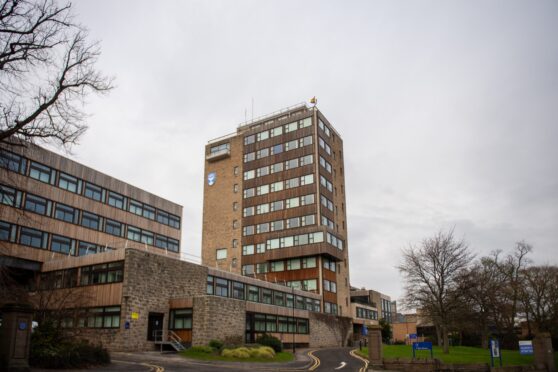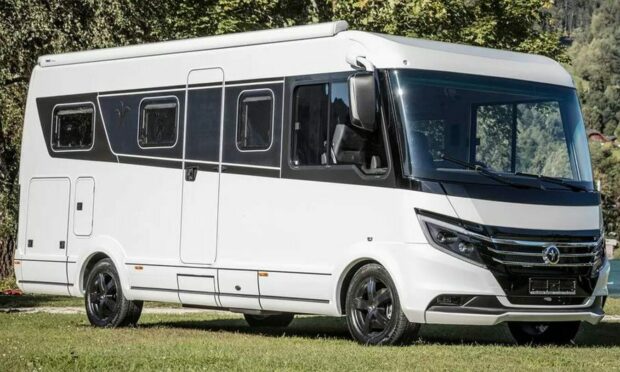Fife Council’s ruling administration will come to an end next month regardless of what voters do at the ballot box.
Scottish Labour leader Anas Sarwar has ruled out any prospect of his councillors entering into coalition with the SNP or Conservatives.
That spells the end for the current SNP-Labour ruling group in Fife.
David Alexander, the SNP co-leader of the council, has warned that if no deal can be struck between the largest groups, the authority could grind to a halt after May 5.
Conveniently enough, he says his party is the only one with a prospect of winning an outright majority but the political make-up of Fife means this will be difficult.
While this is playing out in the foreground, Fife is being stretched by a cost of living crisis, struggling high streets and spate of environmental vandalism.
We asked political leaders what they are going to do to sort it out and how it could all shape up after May 5.
Fife election hopefuls have their say
To help you make an informed decision at the ballot box, we put questions to:
- David Alexander – SNP co-leader of Fife Council
- David Ross – Labour co-leader of Fife Council
- Tim Brett – Liberal Democrat group leader
- Dave Dempsey – Scottish Conservative group leader
We will have more election debates for each of the local authority areas we cover.
It started with Dundee, followed by Angus, then on to Perth and Kinross, and Fife.
The election is on May 5 across Scotland’s 32 council areas.
The count begins by 9am on May 6, with a full round of results expected that afternoon.
We’ll bring you all the top stories and changes at the top on our sites and in print.
And we’ll keep you up to date with the national implications.
Read more of our election coverage:
- All you need to know about 2022 Scottish local council elections
- What does a local authority do, and where does my tax get spent?
- How does the single transferable vote system work?
- 18 councillors are already elected ahead of May vote – here’s why you should be alarmed
- Council tax 2022-23: How your charges compare with the rest of Scotland
